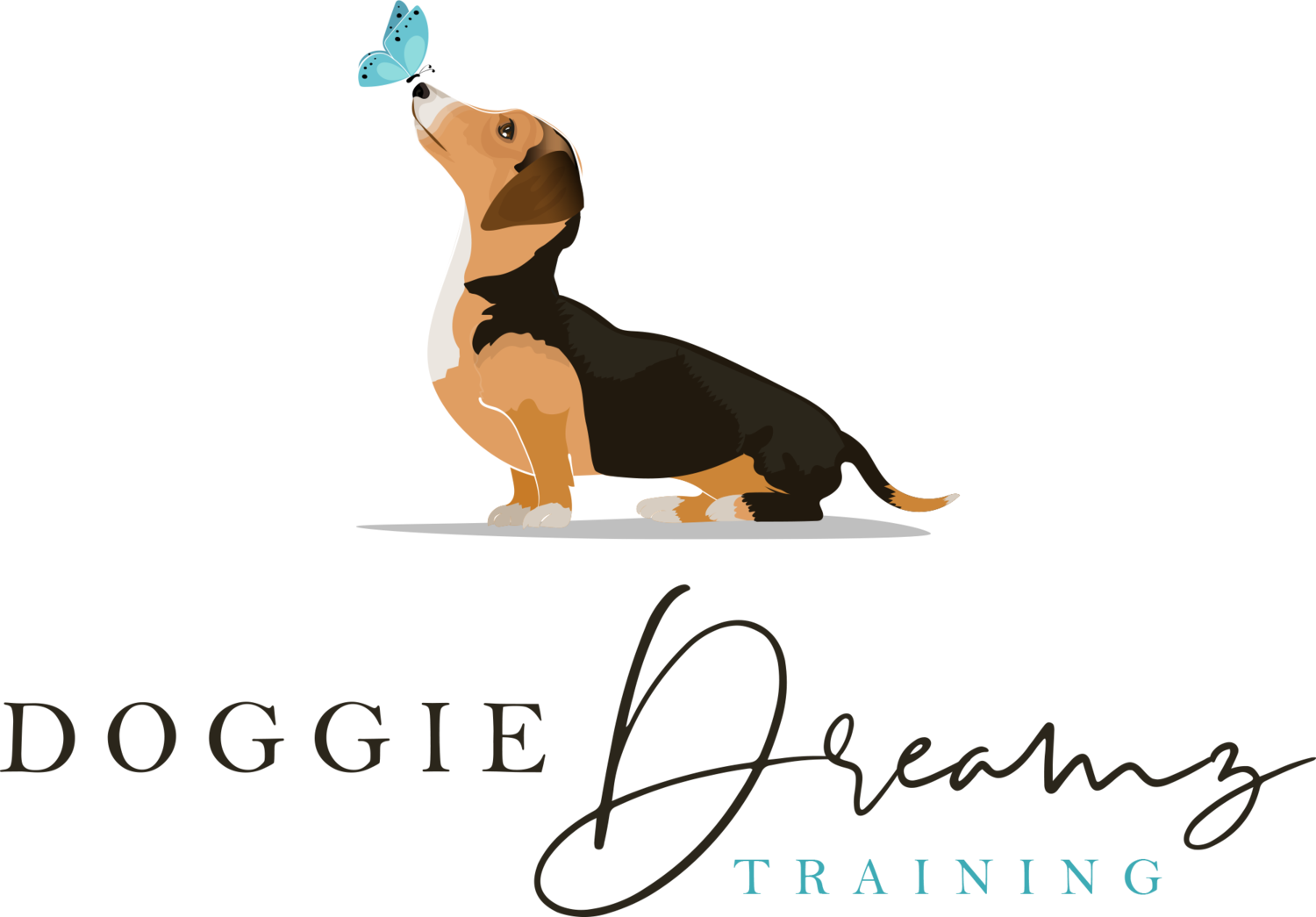What does being your dog's advocate mean?
Recently, I have gotten several inquires from dog parents that are having trouble with their anxious dogs. After getting feedback from my clients, and fellow trainers; I realized that these anxious dogs are looking for an advocate. Someone who can voice their concerns to others, when needed. Our dogs can’t voice what bothers them, so it is up to us as their pet parent to voice those concerns for them.
You will be able to tell if your dog needs an advocate if they start to display signs of anxiety. Anxiety in dogs can look like pacing, panting, shivering, barking, escaping, and destroying furniture. These are the ways your dog is trying to communicate with you that they are not comfortable with something in their environment. Being able to identify what your dog is trying to say to you is the first way you can advocate for them.
Important body language to observe is, if your dog is displaying displacement behaviors. Displacement behaviors are normal canine behaviors that are displayed out of context, which indicate conflict or anxiety. An example of displacement behavior is licking of the lips when there is no food around. If your dog licks its lips while you are out on a walk, do a quick scan of the environment and see if maybe there is another dog or person around that your dog has noticed. Then your first response should be to create distance between your dog and the object of their anxiety. Once you have created space for your dog, observe if and when your dog becomes relaxed. You did it! You just became your dog's advocate, by listening to your dog's signals and acting in your dogs best interest you advocated for your dog, which will help build trust between the two of you.
Your goal as your dog's advocate should be to make them feel safe. If you begin to notice your dog's body language becomes anxious every time they see a child or perhaps a larger dog, then begin to scan the environments of places you take them to for these triggers. Once you identify these triggers in your dog you can better help your dog. Help them through with distance, as explained earlier, or through a dog trainer and some counter-conditioning exercises.
Sometimes you will need to be your dog's advocate to other humans. If your dog gets anxious with other people, then when a friendly person comes up and asks to pet your dog, it’s your responsibility to voice your dog's concerns. Simply by saying “Thanks for the offer but my dog likes her space” tells the person what your dog's boundaries are. And it shows your dog that you are listening to them and are actively trying to help them feel safe.
By showing up as your dog's advocate, you are building trust as well as helping your dog overcome these fears. If your dog is exhibiting any of these signs of anxiety, I would highly recommend speaking with a dog trainer or dog behaviorist. Someone who can help you and your dog work through these anxieties to help your dog live a more balanced life.
